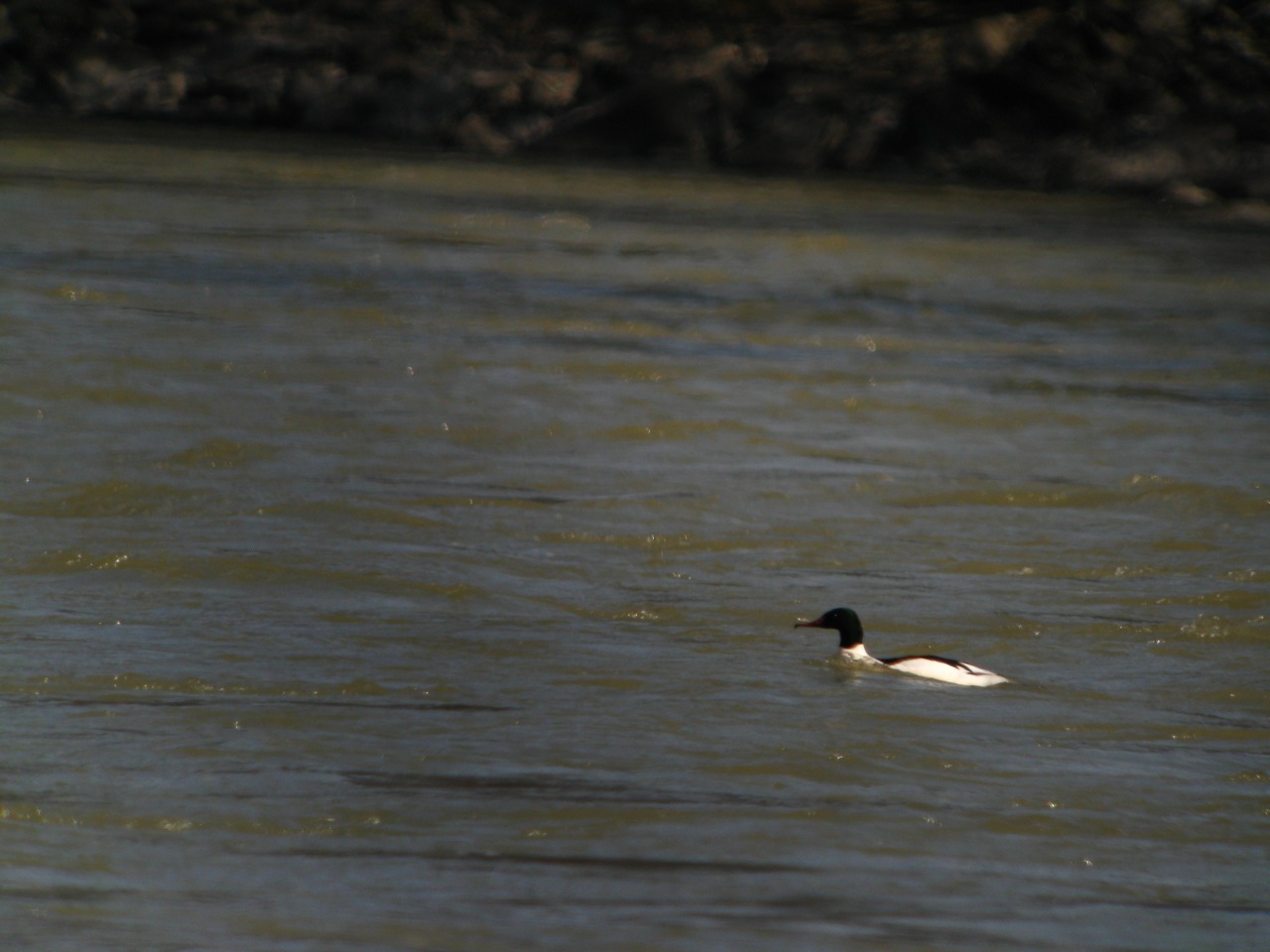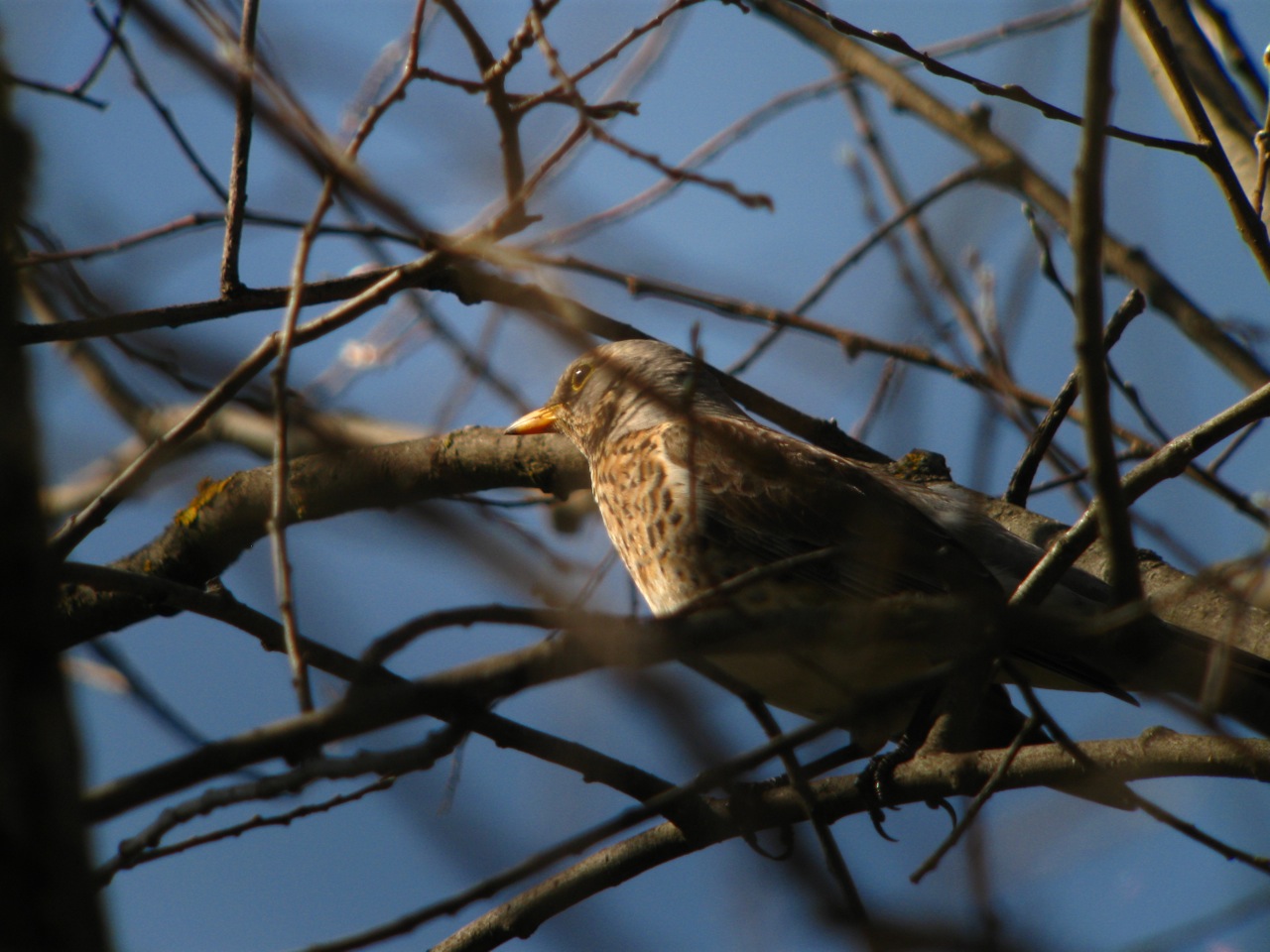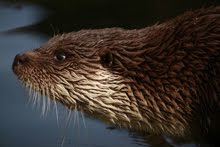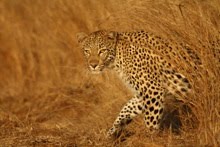A couple of times a week I check the Inn to see if I can find anything interesting on the river. This is not normally fruitful, but the river is beautiful enough to make the journey always enjoyable. Last weekend I went down to my normal patch (the Inzinger Gaisau) and popped down to the river.
Shockingly, a pair of goosander (aka common merganser, or Gänsesäger in these parts) paddled out from one of the side streams and quickly scampered across the river. Surprise cost me a precious few seconds as I set up the digiscoping setup, but eventually (when they seemed to be miles away already) I managed to snap off a few ghastly photos. But at least you can see the beautiful creatures. But you might need to use some imagination.
Shockingly, a pair of goosander (aka common merganser, or Gänsesäger in these parts) paddled out from one of the side streams and quickly scampered across the river. Surprise cost me a precious few seconds as I set up the digiscoping setup, but eventually (when they seemed to be miles away already) I managed to snap off a few ghastly photos. But at least you can see the beautiful creatures. But you might need to use some imagination.

 a couple of shots of the male goosander (that white and black fleck). wouldn't it be nice if they bred somewhere near here, hey?
a couple of shots of the male goosander (that white and black fleck). wouldn't it be nice if they bred somewhere near here, hey?The goosander is rather rare in these parts and I have only really come across them at migration time when they move through the Alpine zone. The german version of wikipedia refers to a breeding area somewhere on the northern rim of the Alps, but I am not sure where that is, maybe Bodensee on the border between Austria (Voralberg), Switzerland and Germany.
I don't suppose the Inn would make the best of fishing grounds for the goosander as the water visibility is usually very low. the water is normally a creamy green colour; beautiful, but unlikely to be very useful for a bird that searches for little fishes visually. but somehow a couple of great cormorants find a way to manage...
There were also a couple of dozen white wagtails (Bachstelzen) about on the river bank. Over the last week, they have spread out more as they found and setup their breeding spots.

I also tried to get a photo of the recently returned Fieldfares. In German they are called Wacholderdrosseln. Literally: Juniper Thrush. Not because they like to eat juniper berries, or because they are somehow associated with this genus in a habitat sense, but because they evidently taste good when eaten with juniper berries. They have a rather interesting, not massively thrush-like call (listen here from garden-birds.co.uk). one of the many sounds I love to hear

Happy birding
Dale Forbes







.jpg)



.jpg)








.jpg)



7 comments:
thanks for visiting and the banded kingfisher is not easy to find because they are always hiding and is pretty elusive bird. they are the only type of kingfisher that do not rely on water to hunt. he can be located on montane forest or low land forest, a very interesting bird.
very nice photograph of the white wagtail
Your goosander's definitely look very similar to our common merganser's. And those white wagtail's are awesome. It's eye just pops out in the white patch of its face.
Funny how the thrush's name is in reference to its edible properties.
Hi Yen, well I am sure that long hours spent looking/waiting for the banded kingfisher were well worth it!
Because Africa is not such a water-rich continent (in general), there are many kingfisher species that are not associated with water. You might find it interesting to look some of them up. My favorite might well be the beautiful Woodland Kingfisher, as much for its visual appeal, as for its wonderful call. I might do a kingfisher post in the near future...
Thanks for your comment and visiting my blog and
please feel free to make comments on my blog.
oh, Yen, I just thought of another thing, maybe we can do a few blogs together where you write about a particular bird / birding experience in Malasia and I write about a similar topic here in the Alps. Maybe we can get some friends to join who also want to do the same thing from wherever they live in the world (India, the States...)
Hi Bernie,
as you so rightly point out, the goosander and the common merganser look pretty much the same. they are the same species after all with just a subspecies differentiation (Mergus merganser merganser and M.m.americanus).
I have always had a soft spot for wagtails, so it is great to have so many about...
Thanks for your comments and for visiting the blog. Please feel free to comment or write as much or as often as you like.
Hello Dale. That is a nice looking wagtail. So different in colour to ours. In this kind of photography, you have to be fast!! So many times I am caught off guard too by these unexpected appearances. :)
This kind of surprise birds are very common in my birding trips.
Sometime I got the pics, sometime nothing, at least you got the record shots.
Post a Comment